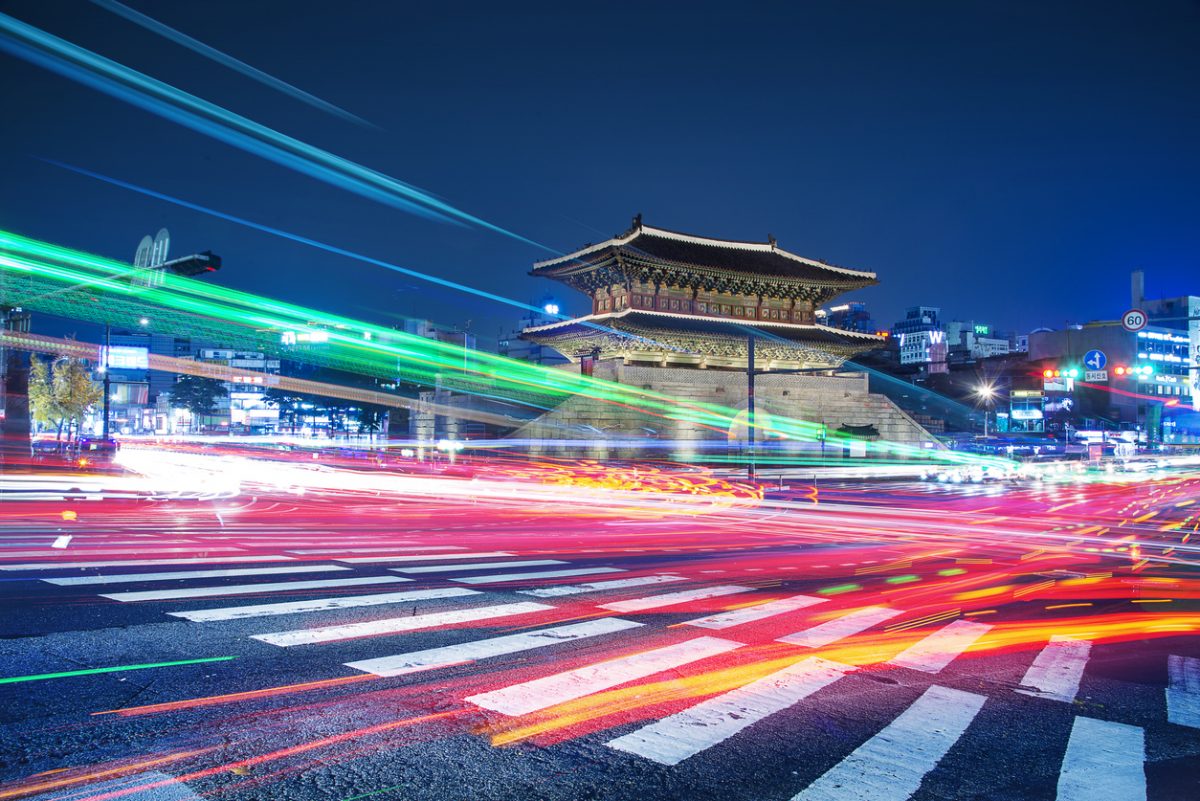Plan’s volume up sharply since its first announcement. Samsung and Hynix are among the leading firms.
South Korean President Yoon Suk Yeol unveiled an updated plan to build the world’s largest chipmaking hub, south of the capital, Seoul, on Monday, the Korea Herald reports. Part of the ambitious plan is a staggering sum of $470 billion in investments from the private sector, an amount far above the first version of the proposal announced in early 2023, which only foresaw Samsung spending roughly $230 billion to build a new chip factory. Set to be completed in 2047, the latest installment of the ambitious plan envisions leading chip makers, including Samsung and SK Hynix, to funnel investments into building 13 new chip plants and three research facilities on top of 21 existing facilities, Bloomberg reports. According to the Korea Herald, this would effectively double the number of chip-producing plants in the province, making it the largest cluster in the world with an expected output of 7.7 million 200-millimeter-equivalent wafers per month. To bolster the plan, Yoon vowed to extend tax credits on investments in the domestic semiconductor industry, Reuters reports, adding that the government would pour in every possible resource to win a “war” in chips.
One of the World’s Largest Chip Manufacturers but Few Required Critical Minerals
South Korea is among the leaders in the global semiconductor industry. However, the East Asian country heavily relies on imports of critical minerals needed to build computer chips as it lacks its own deposits. As a result, South Korea has grown dependent on industry leader China. The Korea Economic Daily reported last year that this dependency is growing and involves not only raw materials needed for chip production but also battery metals such as lithium or cobalt. To tackle this issue, the South Korean government announced plans to diversify its imports of 185 important materials for the industry by the end of the decade in late 2023. The twofold strategy sets out stockpiling goals to tackle supply chain disruptions and forge critical mineral partnerships with other resource-rich countries, like Australia and Indonesia.
Photo: iSTock/Kinsei-TGS


